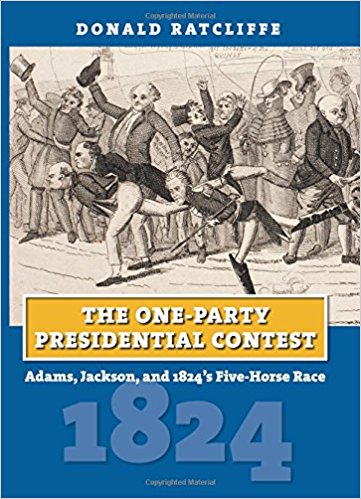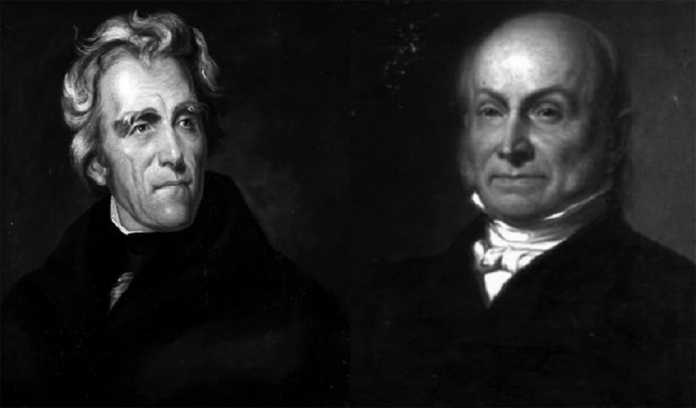On this 1st day of December in 1824, Congress acts to decide a presidential election for the first time in history, giving the presidency to John Quincy Adams.
A clause in the Constitution’s 12th Amendment puts the power of deciding an election in the hands of Congress if no candidate receives a majority of the Electoral College votes.
Four candidates had originally campaigned for the presidency in 1823-24 and each man’s support base generally reflected the geographic region from which he came. John Quincy Adams, the son of former president and founding father John Adams, was a New Englander and a Federalist who believed in a strong centralized government.
Andrew Jackson, who had gained popularity in the wake of his successful military leadership in the War of 1812 against Britain, represented the western “frontier” state of Tennessee and espoused the Democratic Party ideal of strong states’ rights without undue federal interference.
A third candidate, William Crawford, was from the deep southern state of Georgia; he was slightly more conservative than Jackson. The fourth candidate was Henry Clay, the speaker of the House, who hailed from Kentucky and leaned closer to John Quincy Adams in political philosophy.
On Election Day, Adams and Jackson led the pack in electoral votes, but Clay and Crawford had garnered enough votes to prevent either from winning a majority. Adams received 84 electoral votes; Jackson won 99.
By the terms of the 12th Amendment, Congress was tasked with deciding between the two candidates, who could not have been more different in style or policy.
Adams, described by his opponents as a cold, calculating Yankee elitist contrasted with Jackson, who was portrayed (not inaccurately) as hot-headed and hell-bent on destroying federal institutions (such as the National Bank) that George Washington and the Federalists had worked hard to establish.

In the end, Speaker Clay used his influence to convince fellow lawmakers to cast their vote for Adams and he emerged victorious. Not surprisingly, Adams chose Henry Clay to be his secretary of state, an act that enraged Jackson and helped to unite what had been a fragmented Democratic Party.
In the election of 1828, Jackson easily beat the incumbent Adams, and went on to serve until 1837.
Other Notable Events on this day in history
- 1779 Washington establishes winter quarters at Morristown
- 1862 Lincoln’s State of the Union address
- 1944 Stettinius succeeds Hull as secretary of state
- 1955 Rosa Parks ignites bus boycott
- 1959 Antarctica made a military-free continent
- 1964 Johnson Administration makes plans to bomb North Vietnam
- 1971 Situation in Cambodia worsens
All content herein is owned by author exclusively. Expressed opinions are NOT necessarily the views of VNR, authors, affiliates, advertisers, sponsors, partners, technicians, or VT Network. Some content may be satirical in nature.
All images within are full responsibility of the author and NOT VNR.
Read Full Policy Notice - Comment Policy






























